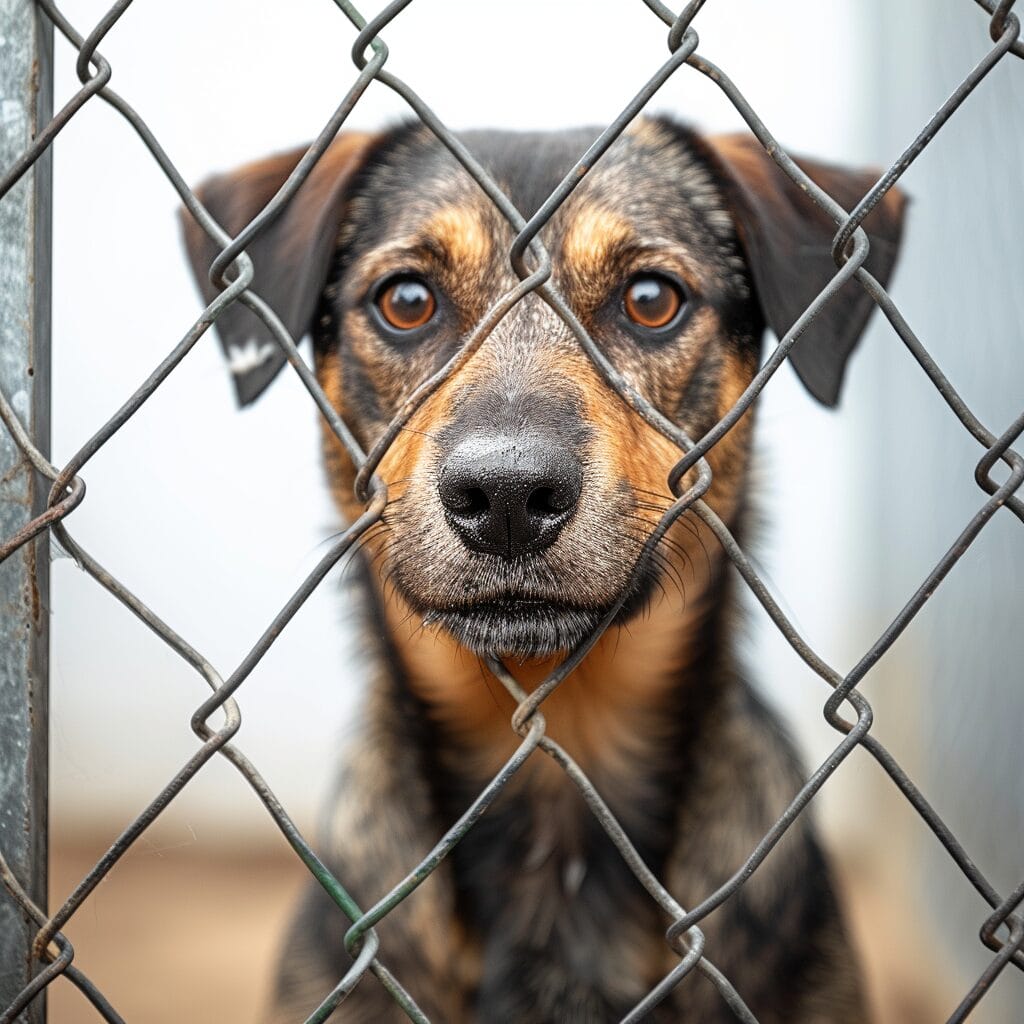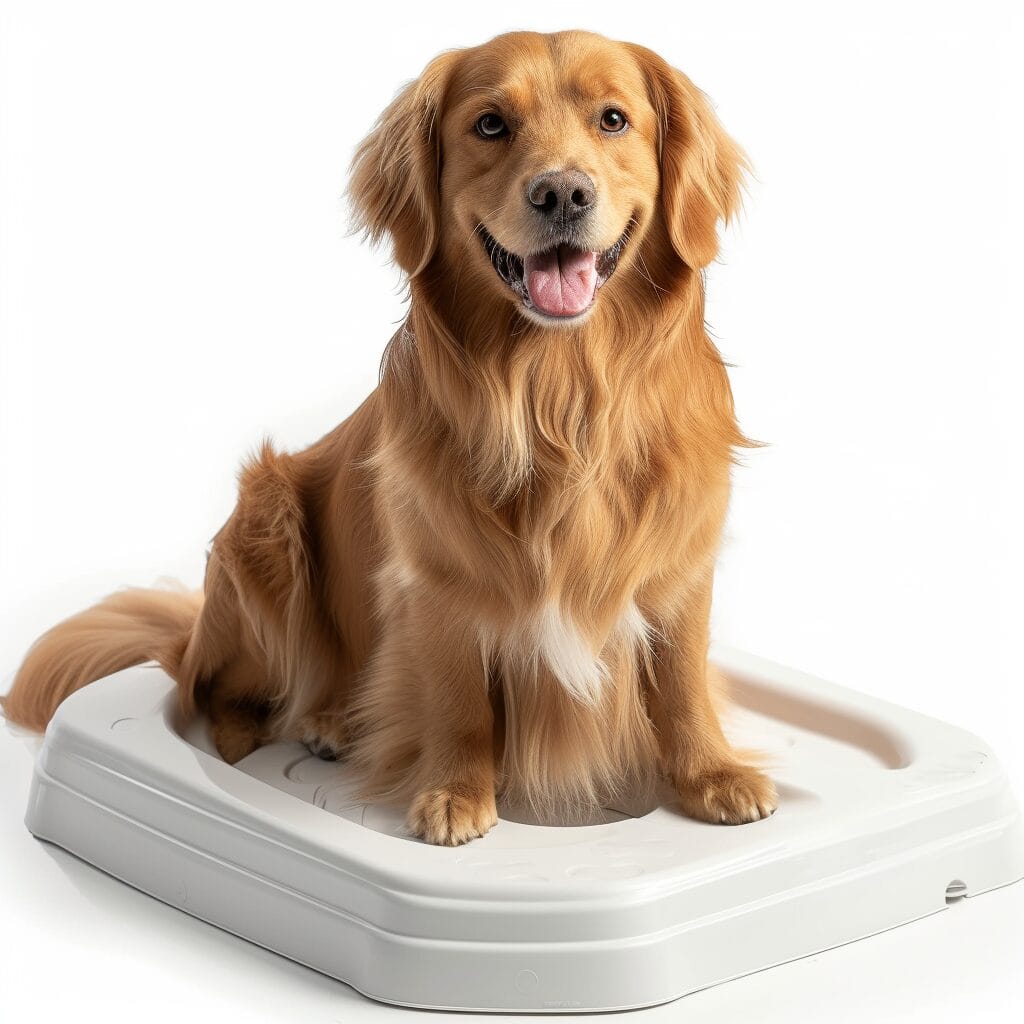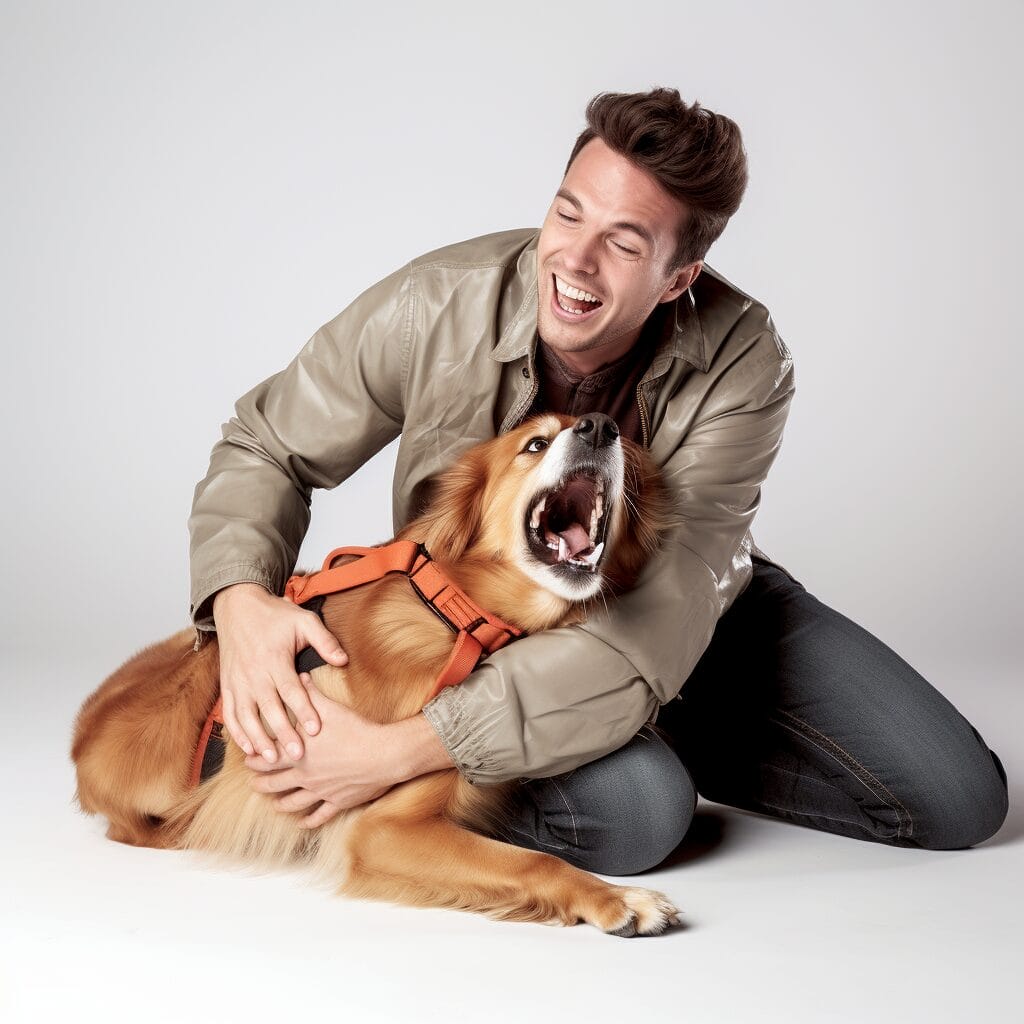Adding a furry friend (cats) to the family is an exciting decision, but it comes with responsibilities. Before welcoming a new dog into your home, there are essential steps, including leashes and collar, to ensure a smooth transition and happy coexistence. From setting up the perfect living space to preparing for training and socialization, these proactive measures will help you and your new pup start off on the right paw.
In this listicle, we’ll cover ten crucial tasks that every prospective dog owner should consider before bringing home their canine companion. Whether you’re a first-time pet parent or adding another member to your pack, these tips will guide you through the necessary preparations for welcoming and caring for your new four-legged family member.
10 Things to Do Before Bringing a New Dog Home
1. Make Your Home Pet-Friendly

To ensure a safe environment for your new furry family member, it’s crucial to remove hazardous items from their reach. This includes securing household chemicals, medications, and small objects that could be swallowed.
Creating a designated pet area can help establish boundaries and provide a sense of security for your dog. Consider setting up a cozy bed or crate in a quiet corner of the new home where they can retreat when they need some downtime.
Securing cabinets and trash cans is essential to prevent your dog from accessing potentially harmful substances or making a mess. Invest in childproof locks for cabinets containing cleaning supplies, and opt for trash cans with secure lids to deter curious noses.
2. Do a Pet-Store Run

When preparing for your new dog, purchasing essential supplies is crucial. Start by picking the appropriate food and treats tailored to your dog’s age, size, and dietary needs. This ensures that your pet receives the necessary nutrition from day one.
Selecting toys that are suitable for your dog’s breed and age is vital. For instance, if you have a high-energy breed like a border collie, interactive toys or puzzle feeders can keep them mentally stimulated and prevent boredom.
Moreover, grooming tools are essential for maintaining your dog’s hygiene and appearance. Depending on the breed, you may need brushes for shedding control or nail clippers for regular grooming sessions.
Remember to consider the quality of each item; while it may be tempting to opt for cheaper options, investing in durable toys and high-quality food can save money in the long run by reducing vet bills due to poor nutrition or cheaply made toys causing health issues.
3. Get Identification for Your Dog

When bringing a new dog home, it’s crucial to prioritize their safety and security. Here are essential steps to ensure proper identification for your furry friend:
- Purchase a collar with an ID tag: A collar with an ID tag is the most immediate way for someone to contact you if your dog gets lost. Make sure the tag includes your dog’s name and your contact information.
- Consider microchipping your dog: While collars can come off, a microchip provides permanent identification that cannot be lost or removed. According to the American Veterinary Medical Association, dogs with microchips are more than twice as likely to be reunited with their owners.
- Register your dog with local authorities: Many areas require dogs to be registered with the local government or animal control agency. This helps in ensuring that if your pet goes missing, they can quickly be identified and returned.
4. Find a Vet and Schedule a Check-Up

Research local veterinarians to find the best fit for your dog’s care. Look for clinics with good reviews and recommendations from other pet owners.
Schedule vaccinations and a thorough health check for your new dog. This will help ensure that your pet is protected against common diseases and parasites, setting them up for a healthy life.
Discuss spaying or neutering options with the veterinarian. They can provide valuable insights into the timing of these procedures, which are essential for managing your dog’s reproductive health.
Regular check-ups at the vet clinic are crucial in maintaining your dog’s overall well-being as they age. These visits allow early detection of any potential health issues, ensuring prompt treatment if needed.
5. Consider Pet Insurance Options

Researching different pet insurance plans is crucial before bringing a new dog into your home. It’s essential to compare coverage and costs among various providers to find the best fit for your pet’s needs and your budget.
When researching pet insurance, consider the cost as a significant factor. Look for plans that offer comprehensive coverage at an affordable price point. Pay attention to any policy limitations such as exclusions for pre-existing conditions or breed-specific restrictions.
Understanding the fine print of each policy is vital in making an informed decision about which pet insurance plan to choose. Some policies may have waiting periods before certain benefits can be utilized, while others may have annual or lifetime payout limits.
It’s also important to consider whether you want basic coverage for accidents and illnesses or more comprehensive options that include routine care, dental treatments, and behavioral therapy.
Ultimately, investing in a suitable pet insurance plan can provide peace of mind by ensuring that unexpected veterinary expenses are covered, allowing you to focus on providing the best care for your new furry family member without financial stress.
6. Establish a Routine for Your Dog

Setting a routine is crucial when bringing a new dog into your home. Here’s how to do it effectively:
- Set Feeding and Walking Schedules: Dogs thrive on consistency, so establishing regular feeding times and daily walks helps them feel secure and reduces anxiety.
- Introduce Basic Training Commands: Incorporating basic commands like sit, stay, and come into your daily routine not only fosters obedience but also strengthens the bond between you and your new furry friend.
- Create a Consistent Daily Routine: Dogs are creatures of habit; therefore, creating a predictable schedule for potty breaks, playtime, training sessions, and relaxation periods can aid in their adjustment to their new environment.
Consistency is key when setting up a routine for your new dog. By sticking to set schedules for meals, walks, training sessions, and downtime activities from day one onwards will help in acclimating the pup to its new home quickly.
7. Prepare Your Family for the New Arrival

Educating family members about dog care is crucial to ensure a smooth transition for the new pet. This can involve discussing the basics of feeding, grooming, exercise needs, and training methods. By doing so, everyone in the household will be better equipped to contribute positively to the dog’s well-being.
Assigning responsibilities for pet care helps distribute tasks evenly among family members and fosters a sense of accountability. For instance, children can assist with feeding or walking the dog under adult supervision. This not only teaches them valuable life skills but also instills a sense of empathy and responsibility towards animals.
Discussing rules and boundaries with children is essential to establish mutual respect between them and the new pet. Explaining how to interact safely with dogs – such as approaching calmly and not disturbing them while eating or sleeping – reduces potential conflicts that may arise due to misunderstandings.
Involving all family members in these discussions ensures that everyone understands their role in caring for the new addition to the household. It creates an atmosphere where every individual feels included in welcoming and nurturing the new furry family member.
8. Set Up a Dedicated Space for Your Dog

Creating a comfortable sleeping area is essential. Dogs, like humans, need a safe space to rest and feel secure. Providing cozy bedding can help your dog settle in more easily.
Designating an indoor potty spot can be crucial, especially for puppies or senior dogs who may struggle with outdoor bathroom trips. This helps maintain cleanliness and convenience within the living space.
Offering shelter options within their dedicated space gives your dog the choice to retreat to a quiet place when they feel overwhelmed or simply want some alone time. This could be in the form of a crate, bed, or even a designated corner with blankets.
9. Plan the Introduction to Other Pets

Introducing a new dog to existing pets can be a delicate process, but with proper planning and care, it can lead to harmonious coexistence.
- Introduce scents before physical meetings: Before allowing the pets to meet face-to-face, swap bedding or toys between them. This helps familiarize each pet with the other’s scent, reducing potential stress during their first encounter.
- Supervise initial interactions carefully: When bringing the pets together for the first time, ensure close supervision. Look for body language cues such as stiff posture, growling, or raised fur that may indicate discomfort or tension.
- Address any signs of stress or aggression: If either pet displays signs of stress or aggression during their initial interactions, separate them calmly and gradually reintroduce them in controlled environments over time.
10. Learn About Dog Behavior and Training

Researching breed-specific traits is crucial as different breeds have distinct characteristics, such as energy levels, temperament, and exercise needs. For instance, while some breeds are more prone to being independent and aloof, others thrive on human interaction. Understanding these differences can help in tailoring training methods to suit the specific needs of the breed.
Positive reinforcement techniques are highly effective for house training and teaching basic commands. By using rewards like treats or praise when a dog exhibits desired behavior, it reinforces that behavior positively. This method has been proven to be more successful than punishment-based training approaches.
Enrolling in obedience classes can be beneficial for both first-time dog owners and those with experience. These classes provide structured learning environments where dogs learn socialization skills and obedience under the guidance of professional trainers.
Conclusion
You’re almost ready to welcome your new furry friend into your home! By following these steps, you’re setting the stage for a smooth transition and a happy, healthy life for your dog. Remember, preparation is key, so take the time to ensure that everything is in place before bringing your new companion home.
Now that you’ve got the essentials covered, get ready for some tail-wagging, slobbery kisses, and endless love and joy. Embrace this new chapter with open arms and an open heart. Your new dog will bring so much happiness and fulfillment to your life, so get excited for the adventures that lie ahead!
Frequently Asked Questions
What does it mean to make your home pet-friendly?
Making your home pet-friendly involves removing any potential hazards, securing cabinets and electrical cords, and creating a designated space for your new dog. It’s like baby-proofing your house but tailored to the needs of a furry friend.
Why is it important to find a vet and schedule a check-up before bringing a new dog home?
Finding a vet and scheduling a check-up ensures that your new dog is healthy and up-to-date on vaccinations. It also gives you the opportunity to establish a relationship with the vet, which can be crucial in case of emergencies.
How should I prepare my family for the arrival of our new dog?
Preparing your family involves discussing responsibilities, setting boundaries, and educating everyone about the needs of the specific breed or type of dog you’re bringing into your home. This will help ensure that everyone is on board with caring for the new addition.
What does it mean to set up a dedicated space for my dog?
Setting up a dedicated space means creating an area where your dog can feel safe and secure. This could include providing bedding, toys, food and water bowls, as well as ensuring there’s enough room for them to move around comfortably.
Why should I learn about dog behavior and training before getting a new dog?
Learning about dog behavior helps you understand their communication signals, body language, and natural instincts. Training provides mental stimulation for dogs while establishing rules within the household. Both are essential in building trust between you and your new furry companion.








